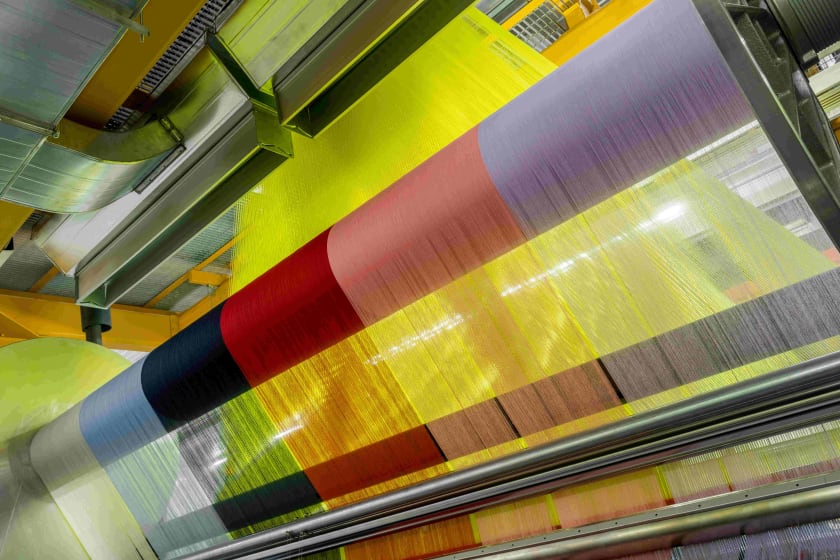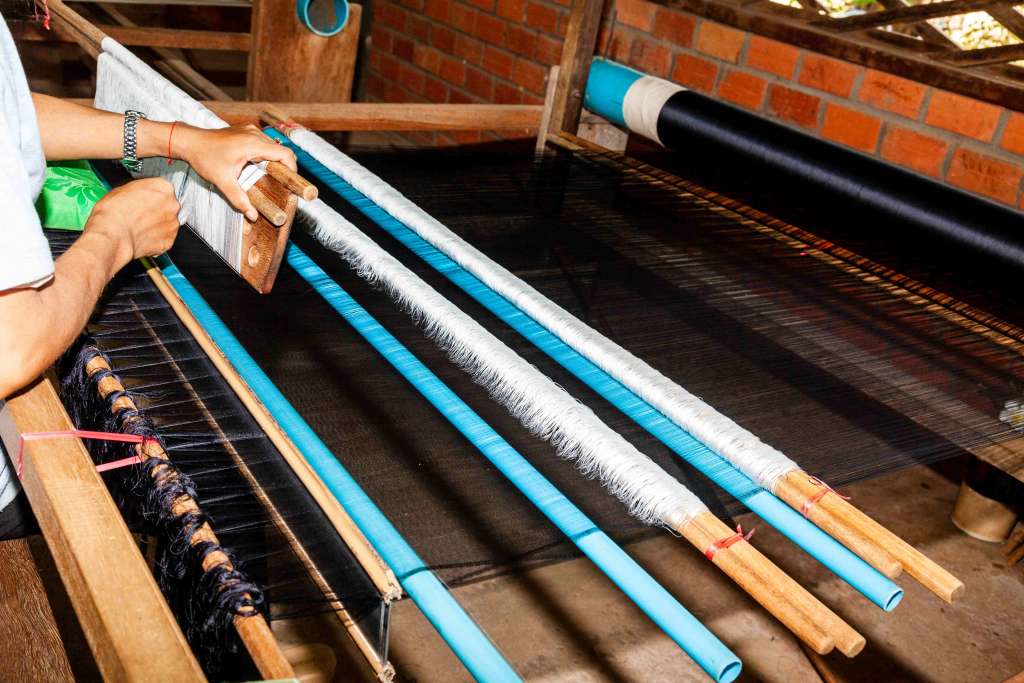Textile 2030: Top Ten Economies of the World



Summary: Market potential, supply chain upgradation, in-house production, competitive exports, and other key factors will determine the top ten textile economies by 2030. The power of textiles, predominantly attributed to the Asia-Pacific currently, will see interesting shifts by 2030. Mostly guided by GDP, the trajectory would also be dependent on market trust, innovation, and revenue sway.
Utilization of market and technology potential will be the deciding factors in ascertaining the top ten economies of the world by 2030.
On that note, the predictions for the top ten economies of the world by 2030 may have a few surprises in store. It is important to understand that a variety of factors like production capabilities, lax duties on import and export, and projected GDPs will determine the leaders in the textile industry.
The global textile market generated $993.6 billion in 2021. The market is likely to grow at a CAGR of 4% from 2022 to 2030. The growth in the demand for apparel, combined with the rapid advent of e-Commerce platforms, is expected to drive market growth in the near future.
Standard Chartered Bank predicted that the top ten economies of the world by 2030 will be China, India, the US, Indonesia, Turkey, Brazil, Egypt, Russia, Japan, and Germany.
Let's take a look at the intricacies of these economies and their expected state of textile affairs by 2030.
1. China
The largest textile market share will be retained by Asia-Pacific, specifically China. It will be close call between India and China for the China + 1 policy, which is aimed at introducing India as a superior choice for textile and apparel over China. Technological innovation will lead the Chinese market to smart logistics, smart plants, and smart outlets for improved production efficiency.
2. India
Forecasts suggest that the Indian textile industry can become a $300 billion industry by 2030 and provide 35 million additional jobs. Largely an agrarian economy, India's cotton production potential is huge and forms a lucrative market for the US and other countries for import. India's textile industry, currently, accounts for 5% of the GDP and 13% of the country's export earnings besides employing 50 million people.
3. United States
The US is projected to be the largest market in the North American region for textiles. Driven by fast fashion and fueled by technology, AI is set to play a huge role in establishing American dominance in the textile industry. Textile products have also started featuring as major components in everything from heart valves, stents, and aircraft bodies to advanced body armor. It is one of the largest raw cotton exporters and top raw textile importers.
4. Indonesia
According to Mordor's Analysis, Indonesia's stable economy has increased its competitiveness in the textile sector by attracting more global investments. Indonesia is actively strategizing to sharpen its connections with the Muslim world (Middle East to Africa) to unlock more export markets to boost trade, taking advantage of US-China trade tensions. It would be safe to assume Indonesia's superiority in the textile industry by 2030.
5. Turkey
Turkey has a rich history of textiles, which had impacted its development over the years. A highly skilled workforce catering to production capabilities across all sectors of the supply chain ensures Turkey's future as one of the world's leading exporters of textiles and clothing. Turkey's strategic geographic positioning between Europe and Asia facilitates short lead times, enabling the country's producers to tap into mature Western markets.
6. Brazil
Currently worth over $60 billion, the Brazilian textile industry employs millions and accounts for one of the highest employers in Brazil. Comparatively a fledgling economy compared to other textile nations, Brazil's textile industry is expected to bloom big owing to geographical and climate conditions. For example, Brazil can supply cotton during the off-season as it doesn't have changing seasons, which lends it an advantage as an exporter. It is currently the fourth-largest exporter of cotton.
7. Egypt
Egypt, with duty-free market access to European countries and the US, exports 50% of its produce to the US and 30% to European countries. Sustainability will drive the Egyptian textile front in the future as major stakeholders look to accomplish the goals of developing the industry, stabilizing imports and boosting exports under the “Sustainable Development Strategy (SDS): Egypt Vision 2030.”
8. Russia
The key focus on technology and design will maneuver the Russian textile industry to success by 2030. Smart stores, options to design one's own clothes, subscription shopping, virtual fitting rooms, and more are on the cards for Russia led by the AI revolution. With innovative ideas in the pipeline, such as using nanotechnology to create apparel for the future, Russia is well on the way to becoming a textile giant by 2030. The textile industry is the third-largest contributor to GDP in Russia.
9. Japan
Japan's vision for its textile industry by 2030 involves close attention to direct-to-customer segments and smart textiles as the Internet and smartphones drive new business creation through the interactive exchange of information. Environmental consciousness and sustainability will have a huge role to play in the future of Japanese textiles.
10. Germany
The German textile industry under the guidance of Europan policies will look at the circularity of fashion - an attempt to reuse and recycle every by-product of the fashion/textile value chain. Besides garments, Germany's largest textile is accounted for by technical textiles such as filters, composite products, and outerwear. Technical textile is regular textile but kicked up a notch by being used for technical purposes instead of traditional purposes like clothing. By 2030, technical textiles may be one of the best offerings of the German textile industry.

Innovation and Beyond
The textile industry works on the three major principles of production, designing, and distribution of different materials. Sustainability is currently a key factor and will grow more important in the years to come, driving business, revenue, and market share. Smart innovation to aid a circular supply chain with textile-friendly policies will determine the textile performance of the top ten economies by 2030.
Key Takeaways
i) Automation in production and supply chain logistics will be the key differentiator in determining the top ten economies.
ii) The textile industry is a dynamic market mostly reigned by China, India, the US, and the European Union.
iii) India is responsible for more than 6% of global textile production, besides being the third-largest textile manufacturing industry.




















